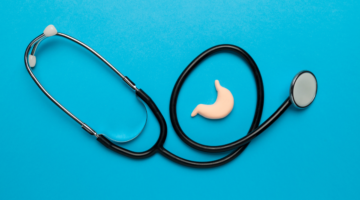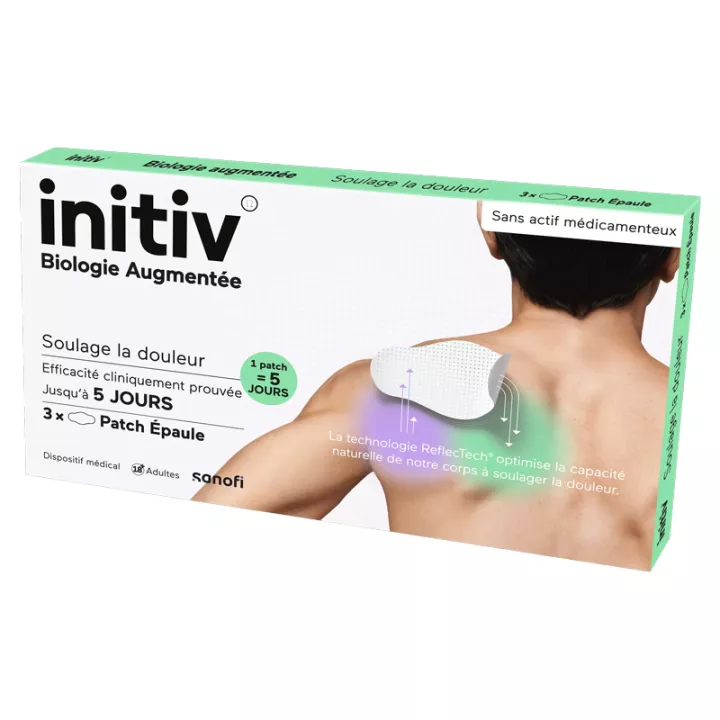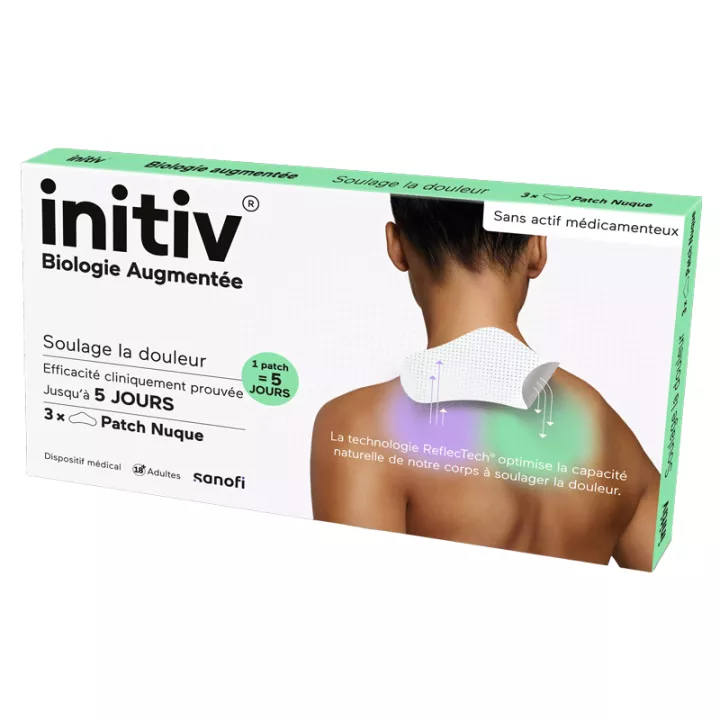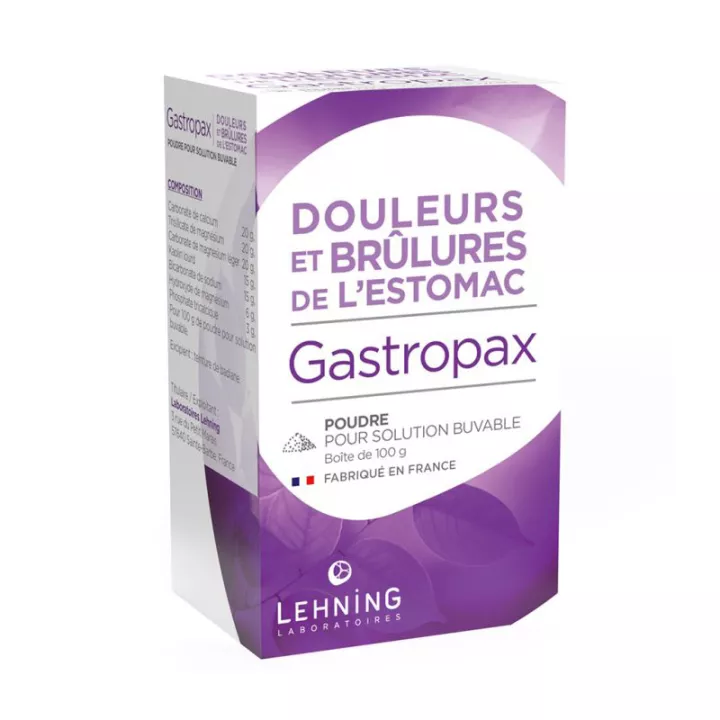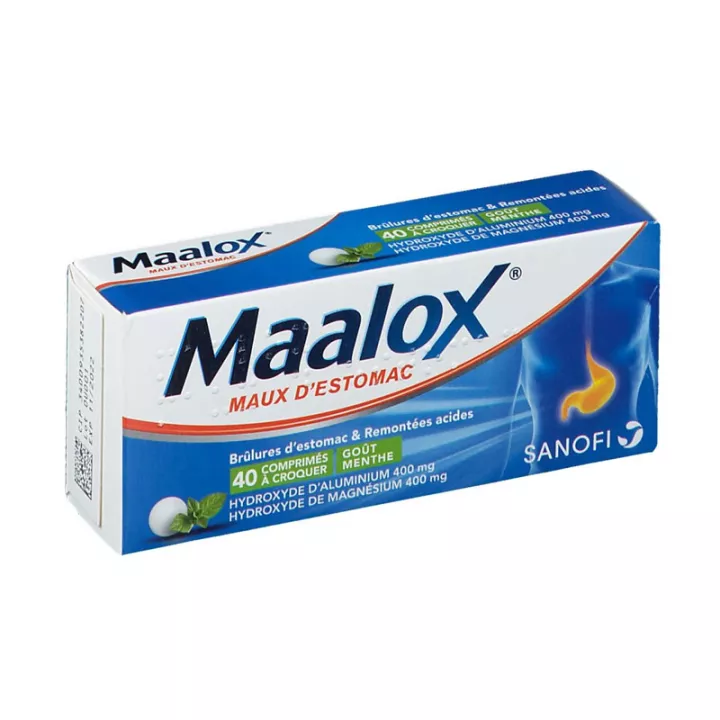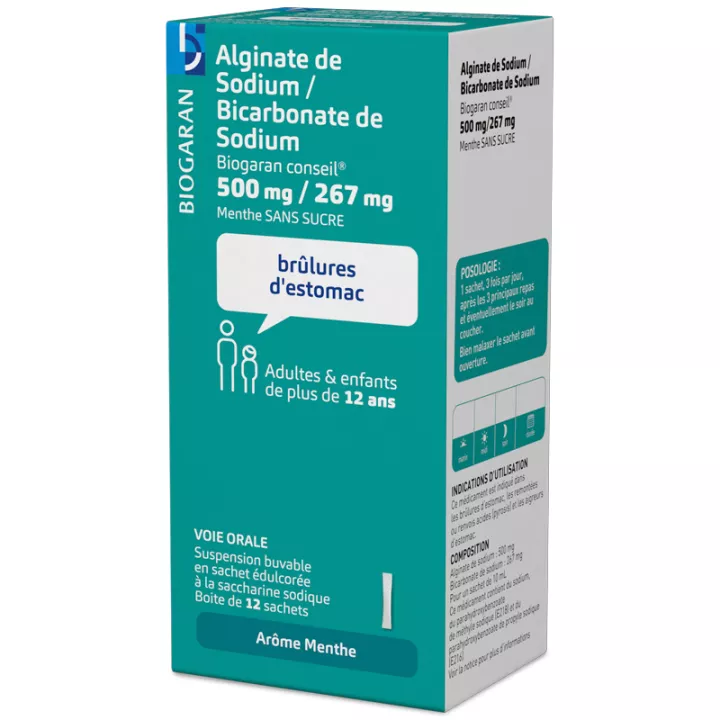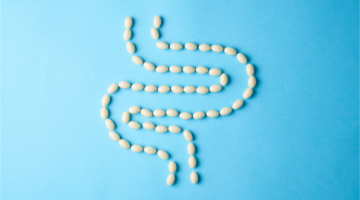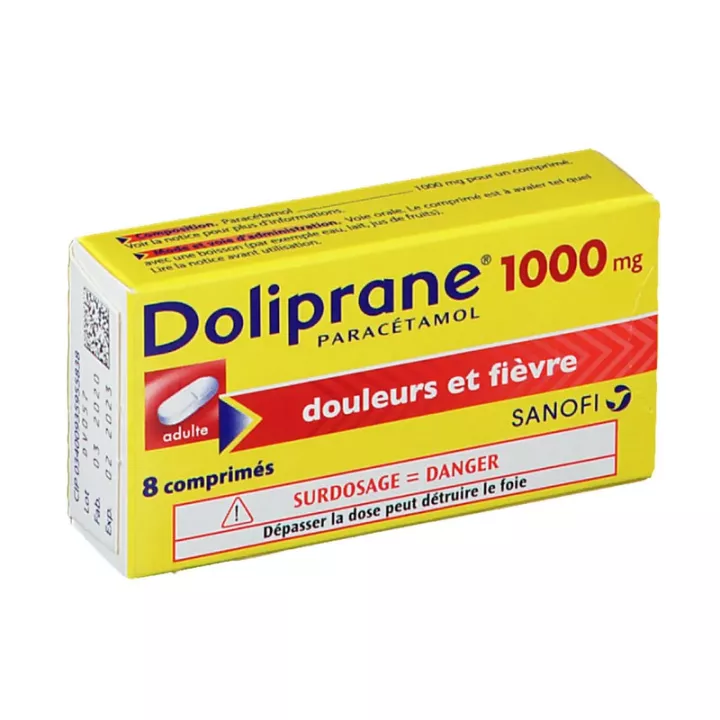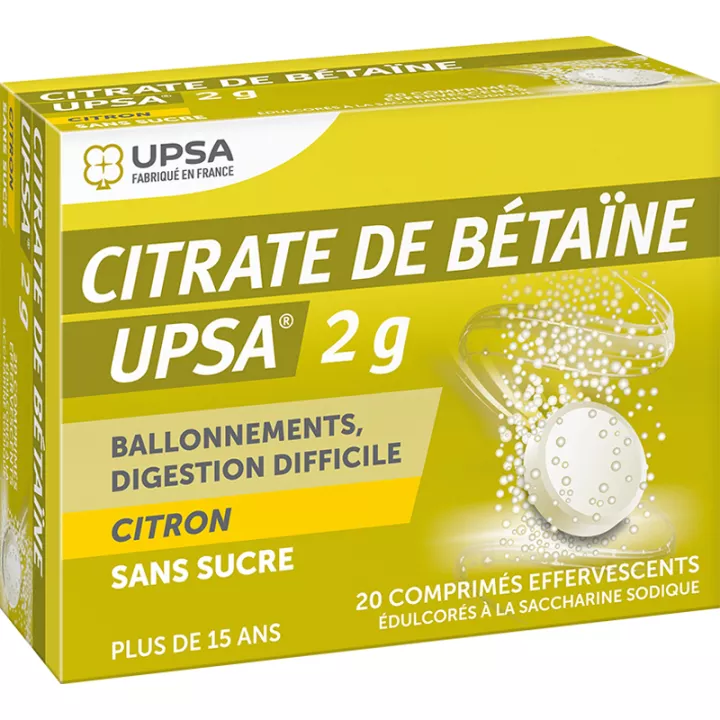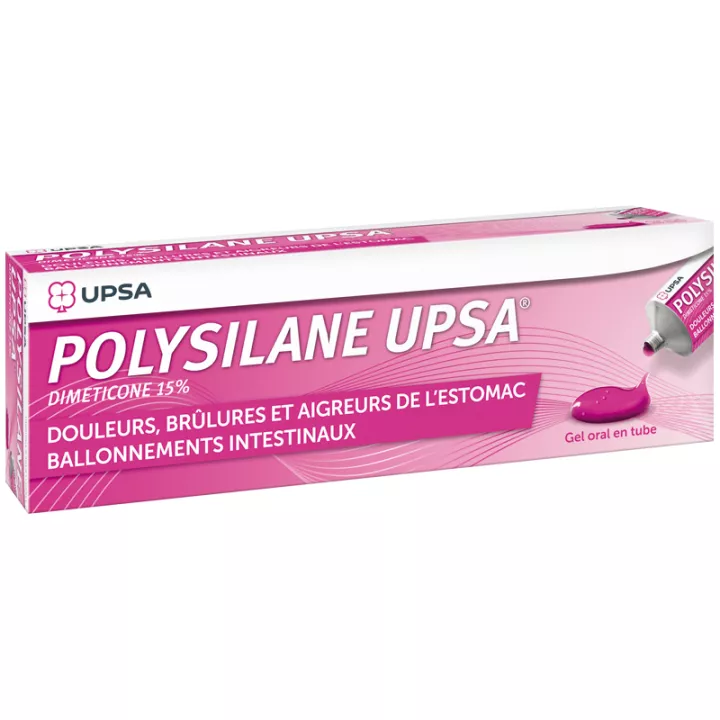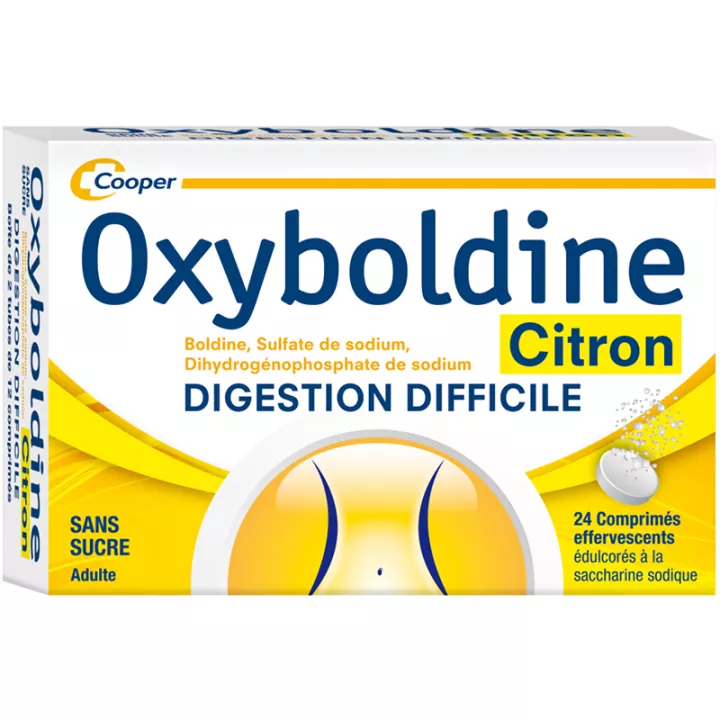NOTICE
ANSM - Last updated: 30/11/2015
Name of the medicinal product
ULCAR 1 g, oral suspension in sachet
sucralfate
framed
Read this leaflet carefully before you start taking this medicine. It contains important information for your treatment.
If you have any further questions, ask your doctor or pharmacist.
· Keep this leaflet, you may need to read it again.
· If you need more information and advice, ask your pharmacist.
· If symptoms worsen or persist, consult your doctor.
· If you notice any side effects not listed in this leaflet, or if you experience any of the effects listed as serious, please tell your doctor or pharmacist.
Review summary
In this notice :
1. WHAT IS ULCAR 1 g, oral suspension in sachets AND WHAT USES IT IS USED FOR?
2. BEFORE YOU USE ULCAR 1 g, oral suspension in sachet?
3. HOW TO USE ULCAR 1 g, oral suspension in sachet?
4. WHAT ARE POSSIBLE SIDE EFFECTS?
5. HOW TO STORE ULCAR 1 g, oral suspension in sachet?
6. ADDITIONAL INFORMATION
1. WHAT IS ULCAR 1 g, oral suspension in sachets AND WHAT USES IT IS USED FOR?
Pharmacotherapeutic group
ULCAR belongs to the anti-ulcer family.
It acts by protecting the stomach and intestine from acid attacks.
Therapeutic indications
This medication is used to:
· treating an ulcer of the stomach and duodenum,
· avoid the reappearance of a duodenal ulcer.
2. BEFORE YOU USE ULCAR 1 g, oral suspension in sachet?
List of information needed before taking the medication
Not applicable.
Cons-indications
Never use ULCAR 1 g, oral suspension in sachet:
· If you are allergic to the active substance or to any of the other ingredients of this medication mentioned in section 6.
· In premature infants and non-mature infants whose weight and height are slightly below average.
Precautions for use; special warnings
Take special care with ULCAR 1 g oral suspension in sachet
· Tell your doctor if:
- you have kidney disease (chronic kidney failure),
- you have a decrease in the level of phosphorus in the blood.
· If you think you have used too much of this medicine seek emergency medical attention right away. This may involve examinations of the stomach (eg, fibroscopy).
· If you have slowed transit due to surgery, drug therapy or other pathology, cases of obstruction of the digestive tract (bezoar) may occur, especially in patients hospitalized in intensive care units mostly in combination with a diet by probe and in newborns, including premature infants and non-mature infants (see "Never take ULCAR 1 g, oral suspension in sachets").
Children and adolescents under 14 years of age
Due to insufficient data, use of ULCAR is not recommended for children under 14 years of age.
Interaction with other medicines
Taking or using other medicines
If you are taking or have recently taken any other medicines, including medicines obtained without a prescription, talk to your doctor or pharmacist.
ULCAR may decrease the effect of certain medications taken at the same time. To avoid this, you should observe a 2-hour interval between taking ULCAR and taking another medicine.
Interactions with food and beverages
Not applicable.
Interactions with Herbal Medicines or Alternative Therapies
Not applicable.
Use during pregnancy and lactation
Pregnancy and breast feeding
Pregnancy
Ask your doctor or pharmacist for advice before taking any medicine.
It is best not to use this medication during pregnancy.
If you discover that you are pregnant during treatment, consult your doctor, alone can judge the need to continue treatment.
feeding
Ask your doctor or pharmacist for advice before taking any medicine.
It is not recommended to use this medication if you are breast-feeding.
Sport
Not applicable.
Effects on ability to drive or use machines
Not applicable.
List of excipients with known effect
Important information about some of the ingredients of ULCAR 1 g oral suspension in sachet
This medicinal product contains methyl and propyl parahydroxybenzoate which may cause allergic reactions.
3. HOW TO USE ULCAR 1 g, oral suspension in sachet?
Instructions for proper use
Not applicable.
Dosage, Mode and / or route (s) of administration, Frequency of administration and Duration of treatment
Dosage
If you are taking this medicine to treat an ulcer of the stomach
1 sachet 4 times a day:
· 1 sachet half an hour to 1 hour before each of the 3 main meals,
· 1 sachet at bedtime, about 2 hours after dinner.
If you are taking this medicine to treat an ulcer of the intestine
Two treatment modalities are possible:
· 1st possibility : 1 sachet 4 times a day:
- 1 sachet half an hour to 1 hour before each of the 3 main meals,
- 1 sachet at bedtime, about 2 hours after dinner.
· 2nd possibility : 2 sachets morning and evening, either:
- 2 sachets in the morning on waking, half an hour to 1 hour before breakfast,
- 2 sachets in the evening, about 2 hours after the evening meal.
If you are taking this medicine to prevent an ulcer of the intestine from appearing
Two treatment modalities are possible:
· 1st possibility : 1 sachet twice a day that is:
- 1 sachet in the morning on waking, half an hour to 1 hour before breakfast,
- 1 sachet in the evening taken either half an hour to 1 hour before the meal, or at bedtime, about 2 hours after the evening meal.
· 2nd possibility : 2 sachets in the evening:
- half an hour to 1 hour before the evening meal, or at bedtime, about 2 hours after the evening meal.
Administration mode
· This medication is used orally.
· To drink the contents of the sachet: open the bag following the dotted line, then press the bag with its open end between the lips.
Duration of the treatment
· If you are taking this medicine to treat an ulcer of the stomach or duodenum : The duration of treatment is 4 to 6 weeks.
· If you are taking this medication to prevent a duodenal ulcer from appearing : Your doctor will tell you how long you should take this medication.
Children and Youth
Due to insufficient data, use of ULCAR is not recommended for children under 14 years of age.
Symptoms and Instructions for Overdose
If you take more ULCAR1 g, oral suspension in sachet than you should:
Tell your doctor or pharmacist.
Instructions for omission of one or more doses
If you forget to take ULCAR 1 g, oral suspension in sachet:
Do not take a double dose to make up for a missed dose.
Risk of withdrawal syndrome
Not applicable.
4. WHAT ARE POSSIBLE SIDE EFFECTS?
Description of adverse reactions
Like all medicines, Ulcar may cause side effects, although not everybody gets them.
The following effects occur frequently:
· Constipation.
The following effects occur infrequently:
· dry mouth, nausea.
The following effects rarely occur:
· vomiting,
· eruptions (of pimples or plaques) on the skin,
· dizziness.
· obstruction of the digestive tract (bezoars) in patients at risk (see "Take special care with ULCAR?").
The following effects may occur but their frequency is unknown:
A severe allergic reaction can be seen by the appearance of red patches on the skin that itch (urticaria) and / or sudden swelling of the face and / or neck, which can cause difficulty breathing and endanger the patient. angioedema). If any of these effects occur, you should immediately stop treatment and consult your doctor.
If administered at high doses and for a long time, there is a theoretical risk of decreasing the level of phosphorus in the blood.
Declaration of side effects
If you experience any side effects, talk to your doctor or pharmacist. This also applies to any side effects not mentioned in this leaflet. You can also report adverse reactions directly through the national reporting system : National Agency for the Safety of Medicines and Health Products (Ansm) and network of Regional Centers of Pharmacovigilance. By reporting adverse reactions, you are helping to provide more information about the safety of the drug.
5. HOW TO STORE ULCAR 1 g, oral suspension in sachet?
Keep out of the reach and sight of children.
Expiration date
Do not use ULCAR 1 g oral suspension in sachets after the expiry date which is stated on the carton.
Storage conditions
No special storage conditions.
If necessary, warnings against visible signs of deterioration
Medicines should not be disposed of via wastewater or household waste. Ask your pharmacist what to do with unused medications. These measures will help protect the environment.
6. ADDITIONAL INFORMATION
Full list of active substances and excipients
What does ULCAR 1 g contain, oral suspension in sachet?
The active substance is:
Sucralfate ................................................. .................................................. ........................................... 1 g
For a sachet.
The other components are:
Saccharin sodium, caramel flavor, anise flavor, sodium propyl parahydroxybenzoate, sodium methyl parahydroxybenzoate, monosodium phosphate dihydrate, xanthan gum, 85% glycerol, purified water.
Pharmaceutical form and content
What is ULCAR 1 g, oral suspension in sachet and contents of the pack?
This medication is in the form of a drinkable suspension. Box of 30.
Name and address of the marketing authorization holder and the holder of the manufacturing authorization responsible for the release of the lots, if different
Holder
SANOFI-AVENTIS FRANCE
82 AVENUE RASPAIL
94250 GENTILLY
exploiting
SANOFI AVENTIS FRANCE
82 AVENUE RASPAIL
94250 GENTILLY
Maker
Pharmatis
Area of Activity Is n ° 1
60190 ESTREES-SAINT-DENIS
Names of the medicinal product in the Member States of the European Economic Area
Not applicable.
Date of approval of the notice
The last date on which this leaflet was approved is {date}.
AMM under exceptional circumstances
Not applicable.
Internet Information
Detailed information on this medicine is available on the Ansm website (France).
Information for health professionals only
Not applicable.
Other
Not applicable.
